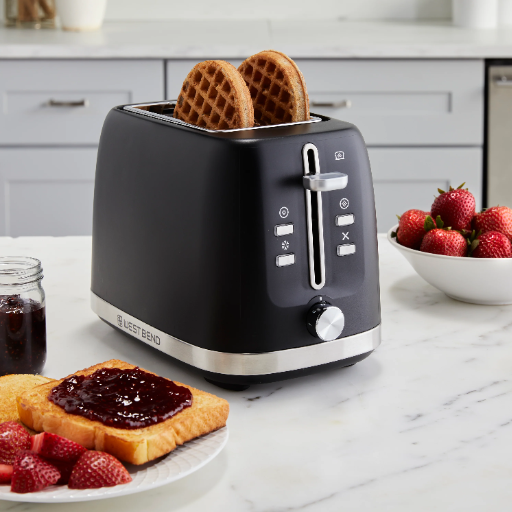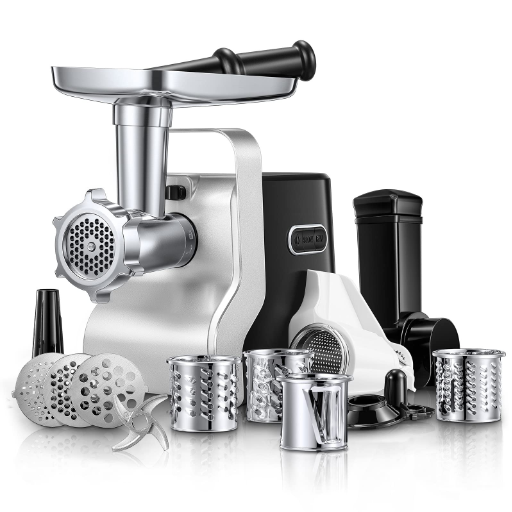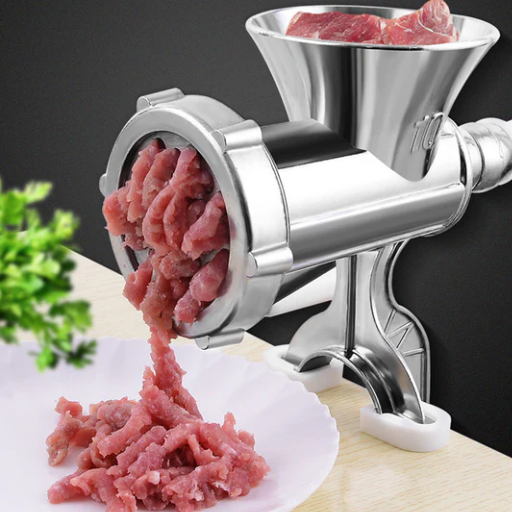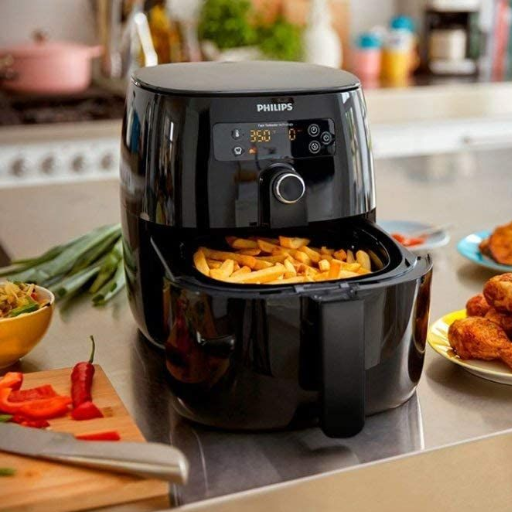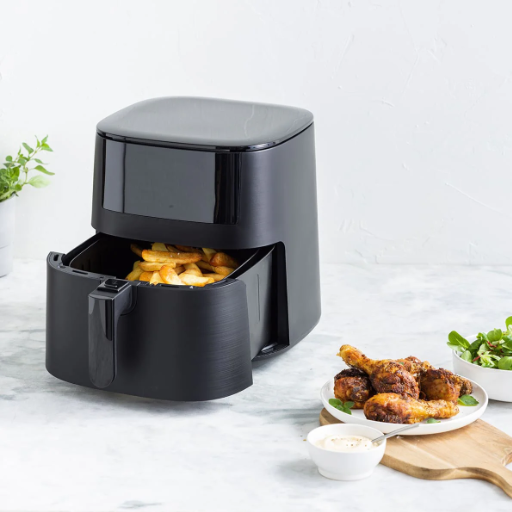In a commercial setting, picking the appropriate blender can heighten efficiency and deliver the finest results simultaneously. This guide highlights specific details concerning wholesale blenders, which are finely tuned industrial appliances made for professional kitchens, smoothie bars, and various other commercial wholesale operations. If you are trying to improve the operational workflow, cut business costs, or improve the quality of services rendered to clients, knowing the benefits and features as well as the most important considerations for the best blender will aid you significantly. Keep reading to explore expert insights, practical recommendations, and evidence-based analysis tailored to your business’s needs.
What Are Wholesale Blenders and How Do They Work?
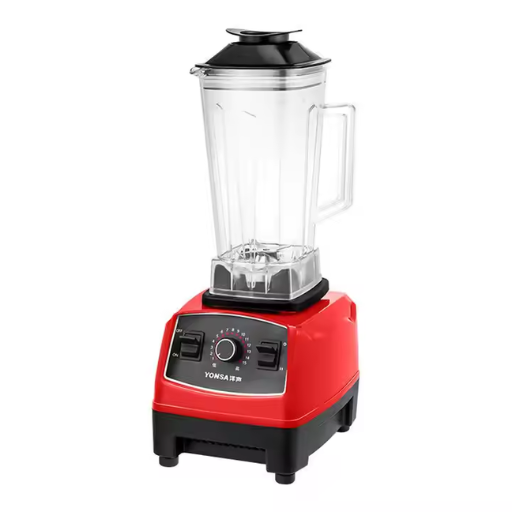
Wholesale blenders are specially engineered for commercial settings such as restaurants, catering businesses, and smoothie shops, to serve as robust and durable blending machines capable of high capacity work. They are efficient in puree, emulsion, as well as ice crunching. High-grade motors and industrial blades are used to easily split a large quantity of ingredients. These machines are built to withstand perpetual work and are dependable and consistent in performance. Variable speed control and preset programmable blender cycles are common features on these units, offering customizable options on the specific blending task at hand. Such features, alongside excellent construction and efficient operation, make wholesale blenders indispensable for companies looking to enhance speed and precision.
Definition of Wholesale Blenders
Designed for industrial and commercial use, wholesale blenders are large capacity blending machines. They are very important for food service operations, manufacturing facilities, and retail establishments because they can endure high volume blending tasks. These blenders are equipped with advanced capabilities such as variable speed control, precision timers, and programmable settings which enable consistent quality. In addition to those features, modern blenders are built with high-powered motors exceeding three horsepowers and thermal protection systems so they can function without overheating, ensuring efficiency. Furthermore, components such as ice, nuts, and even delicate purees can be blended increasing productivity in large-scale operations.
How Do Commercial Blenders Operate?
Combining mechanical and electrical components, commercial blenders operate to create high-speed blending action. Generating the torque to power the stainless blades is a strong electric motor of 1500 to 3000 watts and drives the stainless steel blades. The blades cut and crush an extensive variety of textures and densities while achieving optimal execution.
The blending jar is made out of durable materials including BPA free plastics or tempered glass. It helps direct the ingredients to the blades through a vortex movement that provides even mixing. More sophisticated models have programmable control panels with additional functions such as variable speed, pre-set cycles, and pulse control which allow pre-programmed blending to be tailored to specific ingredients. In addition, safety measurements such as overload protection, automatic shutoff systems, and locking functions improve the dependability of the system while reducing risk in high-demand situations. All these features provide reliable performance needed in commercial kitchens.
Benefits of Using a Commercial Blender
- High Efficiency and Speed
With Commercial Blenders, you can expect powerful motors of up to 1,000 watts, and in some cases as high as 3,500 – 4,000 watts. Powerful propellers allow for the reduction of time required to fully blend items. For instance, using a standard commercial blender, pureeing an entire soup gets done in less than 3 minutes which can be a timesaver in kitchens with professionals working.
- Durability and Longevity
Commercial blenders are designed to take on the rigorous demands of continuous use and withstanding harsh environments due to their durable heavy duty construction. This includes polycarbonate containers alongside stainless steel blades. Testing data suggests that these appliances can last for thousands of their cycles prior to maintenance, ensuring an operational lifespan that exceeds the standard consumer-grade models.
- Versatility in Food Preparation
With their precise controls, distinguishing features, and multiple speed options, pureeing, liquefying, emulsifying, or grinding nuts or grains becomes child’s play. Many advanced models also have functions that allow for programming, which ensures effortless achievement of targets.
- Consistent and High-Quality Output
A professional presentation that employs blended food items requires thorough blending with uniform texture. Mixtures emulsion blending can reach up to 98% consistency with commercial blenders. Thus, it’s safe to say that these appliances have proven to be an industry leader, significantly outperforming other blending tools.
- Enhanced Safety Features
The modern model of a commercial blender has an overload protection, a thermal sensor, and a locking lid. This helps to prevent accidents in fast-paced operations and helps in getting the safety requirements of the workplace. These features improve equipment reliability and meet modern occupational safety requirements.
The use of a commercial blender in a food service establishment as a part of the integral kitchen equipment increases efficiency, enhances the quality of service, and lowers operational expenditures. An example is provided to the benefits yield from this major kitchen equipment.
Why Choose a Commercial Blender for Your Kitchen?
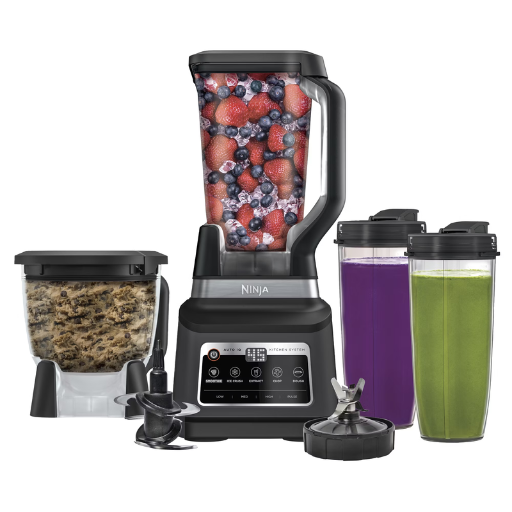
With a powerful motor able to cut through ice or even fibrous vegetables, menu options are plentiful. This makes commercial blenders ideal for handling high volume food preparations which need added speed and dependability. The robust materials also mean less frequent replacements are needed which saves on long term costs. Additionally, without the hassle of overly complex cleaning commercial blenders help ease workflows. This ensures reliable service during rush hours. For constant quality and unmatched productivity, commercial blenders serve as the best option for any establishment.
Features of High-Quality Commercial Blenders
- Powerful Motor Performance
The high-grade industry blenders have motors that reach 1,500 watts and sometimes even 3,000 watts. This makes it possible to blend frozen fruit, ice or nuts competently. Furthermore, with the right power smooth blending results can be achieved even with heavy use.
- Durable Blades
The blades of premium double head commercial blenders are usually made from stainless steel since they do not easily rust, are exceptionally strong, and durably resistant to wear and tear. These blades are further designed with sharp edges that will not blunt too easily to guarantee effective chopping and masticating of hard substances.
- Variable Speed and Pre-Programmed Settings
Many modern commercial blenders have at least more than one mixing speed and programmable functions, enabling the operators to set the blending process according to the detailed instructions of certain recipes for uniformity and consistency in products. Most of them have pulse features too to enhance control over the end product’s texture.
- High-Capacity Containers
To ensure they fit a commercial grade environment, high-end blenders come with shape and size friendly containers that can hold up to 48 ounces to a gallon. They are made with safe materials like BPA-free plastic and impact resistant, so during high volume use they will still be safe and durable.
- Overload Protection Systems
Commercial blenders require overload protection which many do not have. They are facing the growing threat of motor burnout from strain which is commercial overload. Putting these systems in place will turn the motor off when they’re needed to better extend the life of the appliance while maintaining protection and safe use.
With the integration of all these features, commercial blenders have emerged as the most efficient, reliable, and cost-effective tools in the culinary world and in food service operations that require high production levels.
Cost Efficiency: Bulk Purchasing Advantages
In a fast-paced business environment, bulk purchasing has strategic advantages in terms of cost-effectiveness. In the world of food service operations, bulk purchasing enables these businesses to buy, spend less per unit, and sell more. Hence, using a wholesale pricing model reduces expenses. Additionally, bulk purchasing reduces frequency of procurement, saving time and cutting down on logistical expenses. Saving funds and managing resources are vital for maintaining an efficient commercial kitchen supply chain. Studies show many suppliers provide special discounts or bulk purchase incentives, driving cost efficiency further for suppliers.
Where to Buy Wholesale Blenders?
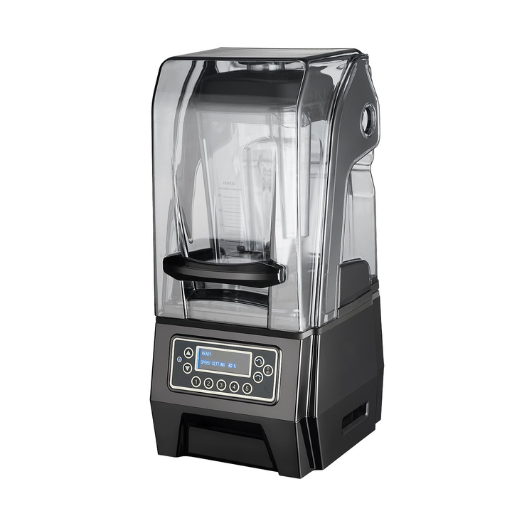
When wholesalers buy blenders in bulk, they should always ensure that the supplier is trustworthy and well-known in the industry. Some of the good options are:
- Restaurant Supply Stores: They usually deal in commercial grade blenders and other equipment as it is durable, efficient, and of great quality.
- Online Wholesale Platforms: Websites like WebstaurantStore, KaTom, and Restaurant Depot offer deals on bulk purchases of blenders and other necessary kitchen appliances.
- Manufacturer Direct Purchase: Deals as well as the quality of goods purchased from trusted manufacturers like Vitamix or Blendtec is guaranteed as they come with warranties and discounts when bought in bulk.
When choosing these suppliers, think about your budget, quantity requirements, and preferred brands because each option has unique offerings.
Finding Reliable Distributors and Retailers
When analyzing retailers and distributors, make sure to verify all major components for them to be considered efficient and trustworthy long term partnerships. First, check their reputation by looking at their testimonials. Check how they’ve handled bulk orders, if they have dealt before without great results look else where as that is typically a red flag in consistency and quality. Also check their industry membership as it is often a good indicator of complying to set benchmarks and practices along the lines of best industry standards.
Another very important step is to compare pricing details and find out if a seller is upfront about shipping costs, how their returns work, and what warranties they provide. Trustworthy sellers provide good communication with product descriptions such as specs, and have good customer service, so you do not have to worry about whether the product will fit your exact needs or not. Searching for adequate technical support and repair partnerships could also set apart some of the more credible partners. Use tools available to the public to check if there is any known regulatory complaint with the distributor since this lack of integrity could show that they do not have ethical business practices within their industry.
Online vs. Physical Stores: Which is Better?
Ideally, making a purchase from a store whether physical or online is case specific and depends on several factors; convenience, the availability of the product, cost efficiency, and the experience at the store. In a physical shop, employees attending to customers increases the store’s efficiencies and dealing with queries in real time. Like physical stores, e-commerce platforms aim to enhance consumer experience. Many online stores feature detailed customer reviews and descriptions to enhance consumer decision-making processes. However, physical stores have the edge when it comes to inspecting clothing, furniture, or electronics as customers want to check the item firsthand for its fitting and quality.
Due to improvements in payment safety as well as innovations made in policies concerning shipping and returns, data shows that online shopping has increased rapidly. Regardless, in-store shopping continues to remain important for clientele who require instant access, enjoy personalized service, or do not wish to purchase goods without seeing them first. The decision on what shopping method is best is entirely dependent on product type and the user’s habits and preferences.
What is the Price Range for Commercial Blenders?
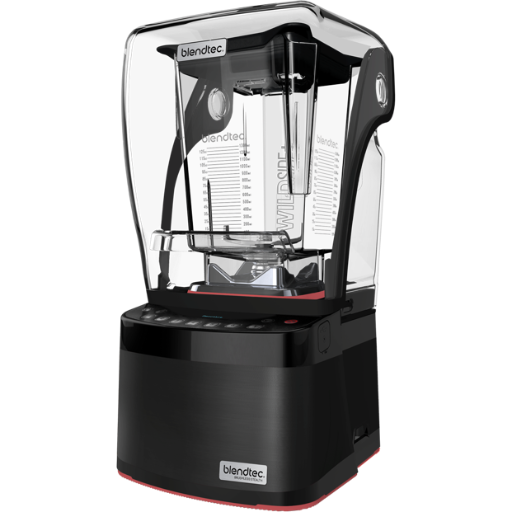
Understanding Wholesale Prices vs. Retail Prices
Prices serve different purposes in a store. They could be wholesale or retail price depending on the stage of the distribution channel. Retail prices cover the full expenses and lost profits, which translates to higher retail prices. Bulk purchase retailers like sub-wholesalers and distributors are issued their own rates branded as wholesale prices, which tend to be much lower due to purchase volume.
For instance, in Wholesale Electronics, there is a noticeable gap between wholesale and retail prices, with the former typically sitting 30-50% lower than the latter. Although, this margin varies with factors such as the type of product, the brand, and market demand. Retail price allows for sufficient profitable margins which can sustain business growth. Along with that, factors like minimum order quantities (MOQs) of an item, shipping costs, and production timelines also need to be addressed since they significantly impact wholesale pricing and the retail price. As consumers are informed about such factors, they understand the value of the product and its pricing.
Factors Influencing the Cost of Blenders
Ranging from the construction materials to the ever-fluctuating market demand, multiple salient factors have a direct effect on the pricing of a blender. Comprehending these factors reveals workings behind pricing policies and product estimations at retail and wholesale levels.
- Materials and Build Quality
Typically, upper-end models of blenders have their blades constructed from state of the art stainless steel, reinforced glass, or polyethylene plastic—significantly pricier than basic-grade counterparts. The raw material’s durability and safety certification also add up to the production cost.
- Motor Power and Technology
Blender models equipped with high-performance motors surpassing 1,000 Watts of power tend to be more expensive due to additional costs associated with top-of-the-line cooling systems. Even further, production costs may incur with more recent models due to the incorporation of energy-efficient motors which further enhance cost recuperation.
- Features and Functionality
Programmable settings along with pulse and self-cleaning functions increase the capability of automation, making the device easier to use. Moreover, smart-blender features such as wireless connectivity raise the base price significantly due to the added technology needed to be incorporated along with the cost of integration itself.
- Brand and Market Positioning
The reputation of premium brands is associated with high quality, durable goods, and innovative products leading to a higher price tag. In addition, marketing and branding strategies also raise the price for developed firms, which heavily impact the final cost for their customers.
- Supply Chain and Manufacturing Costs
Pricing also greatly depends on the global supply chain and its factors such as: tariffs, raw material availability, and transportation cost. For instance, geopolitical issues can lead to increase in the cost of metals and plastics.
After considering the mentioned aspects, it is clear that the processes and pricing of blenders is a result of material costs, technology, and complex market competition. Understanding this allows both manufacturers and buyers to evaluate and make appropriate decisions regarding value and investments.
How to Maintain and Care for Your Commercial Blender?
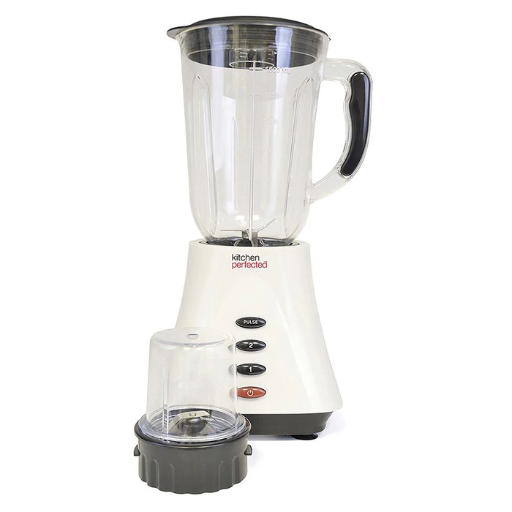
Like any commercial food machinery, blenders require proper maintenance and care in order to prolong life and performance. Take the following actions:
- Clean After Each Use
Cleaning the equipment as described will make sure that no left over gunk hardens onto the equipment. A soft sponge and warm water is a good first step. This also means using a very mild cleaner to make sure there are no scratches on the device. Remember to clean everything like the cover and blades too.
- Inspect and Maintain the Blades
Motors depend heavily on the blending blades of blenders so, they should be checked regularly for dullness or damage. Blades that are worn or bent should be replaced immediately to avoid unnecessary stress on the motor.
- Avoid Overloading
Never overload the machine’s capacity because that pushes stress onto the motor and ultimately increases the chances of the motors wearing out faster.
- Use the Recommended Settings
Operate the blender under the manufacturer’s recommended speed and run time guidelines for consistent performance to avoid overheating.
- Check the Motor Base
To attend to the surface of the motor base, use a slightly moist cloth and attend to the cuts and dirt marking the surface. Gaps must be maintained as they serve as fresh air in-takes, to ensure no overheating occurs.
If all the above are adhered to, your commercial blender will work optimally without servicing it too often. To avoid unnecessary repairs and costly replacements your blender will serve longer. Refer to the manufacturer’s document for model specific cleaning and maintenance work.
Regular Cleaning and Maintenance Tips
A somewhat different approach mentioned below also serves as a checklist to be followed to deepen the trust you have in the reliability of the commercial blender:
- Clean Blades Thoroughly
Biting into hot food is never pleasant, to make the detachable blades simpler to clean, soak them in warm soapy water. Soft Birtthle brushes will ensure scrub particles are removed. Do note that scouring pads will ring all sorts of unwanted edge damage., use with great care.
- Inspect Blade Assembly
Check the blade assembly periodically for wear signs such as a dull edge or loose fittings. Dull blades can reduce blending efficiency by 30%. Blades should be replaced per the manufacturer’s instructions, typically every 6 to 12 months for heavy usage.
- Sanitize the Blender Jar
Effective sanitization begins with rinsing with hot water infused with a proper sanitizing cleaning agent which is safe for food, especially commercial kitchens. Washing with a safe antibacterial solution afterwards will take care of any residue and smell.
- Lubricate Moving Parts
Put food approved lubricant on moving parts, including gasket seals, to reduce wear and maintain smooth interfacing. This should be done monthly or as suggested in the user manual.
5. Deep Clean Weekly
If the blender permits, disassemble it for a thorough cleaning. Take crevice deposits and joint deposits and clean with mild detergent along with non-abrasive scrubbing pad. Air dry parts in full before reassembling.
Reference Sources
- Blenders | Wholesale Appliance Center – Offers a variety of blenders and appliances.
- Wholesale Blenders | Buy Blenders In Bulk – Provides wholesale blenders with contact details for inquiries.
- Bulk Buy Mixers & Blenders – Features bulk purchase options for mixers and blenders in the UK.
- Shop Our Commercial Blenders at Wholesale Prices – Offers commercial blenders for efficient kitchen operations.
Frequently Asked Questions (FAQs)
Q: What types of containers are available for wholesale blenders?
A: Wholesale blenders typically come with a variety of container options, including glass, plastic, and stainless steel containers. Each type has its benefits, such as durability and ease of cleaning, catering to different blending needs.
Q: How do I ensure the quality of the blenders I purchase wholesale?
A: To ensure quality, look for reputable brands, read customer reviews, and check for warranties. Brands like Blendtec are known for their high-quality commercial appliances, which can be a good choice for resellers.
Q: Are heavy-duty blenders suitable for household use?
A: Yes, heavy-duty blenders are suitable for household use, especially for those who frequently make smoothies, sauces, or cocktails. They offer a wider range of functionality and durability compared to standard home appliances.
Q: Can I use a wholesale blender for making coffee blends?
A: Absolutely! Many wholesale blenders can handle making coffee blends, including grinding coffee beans and mixing in other ingredients for a variety of drinks.
Q: What is the best way to stock wholesale blenders for my retail account?
A: To stock wholesale blenders effectively, assess the market demand, choose a selection of popular models available, and consider the needs of your target clients. It’s also beneficial to maintain a diverse inventory that includes options for different budgets.
Q: How can I maintain the freshness of ingredients when using a blender?
A: To maintain freshness, use high-quality containers that seal well, blend in smaller batches, and store any leftover mixtures in airtight containers in the refrigerator. This is particularly important for ingredients like egg or fresh fruits and vegetables.
Q: What types of blenders are ideal for making smoothies?
A: Blenders specifically designed for smoothies usually have powerful motors and sharp blades. Look for models that can crush ice and blend frozen fruits easily, ensuring a smooth consistency.
Q: How can I contact a supplier for wholesale blenders?
A: You can contact suppliers for wholesale blenders via email or phone. Many suppliers also have websites where you can inquire about their selection and request quotes for bulk purchases.

